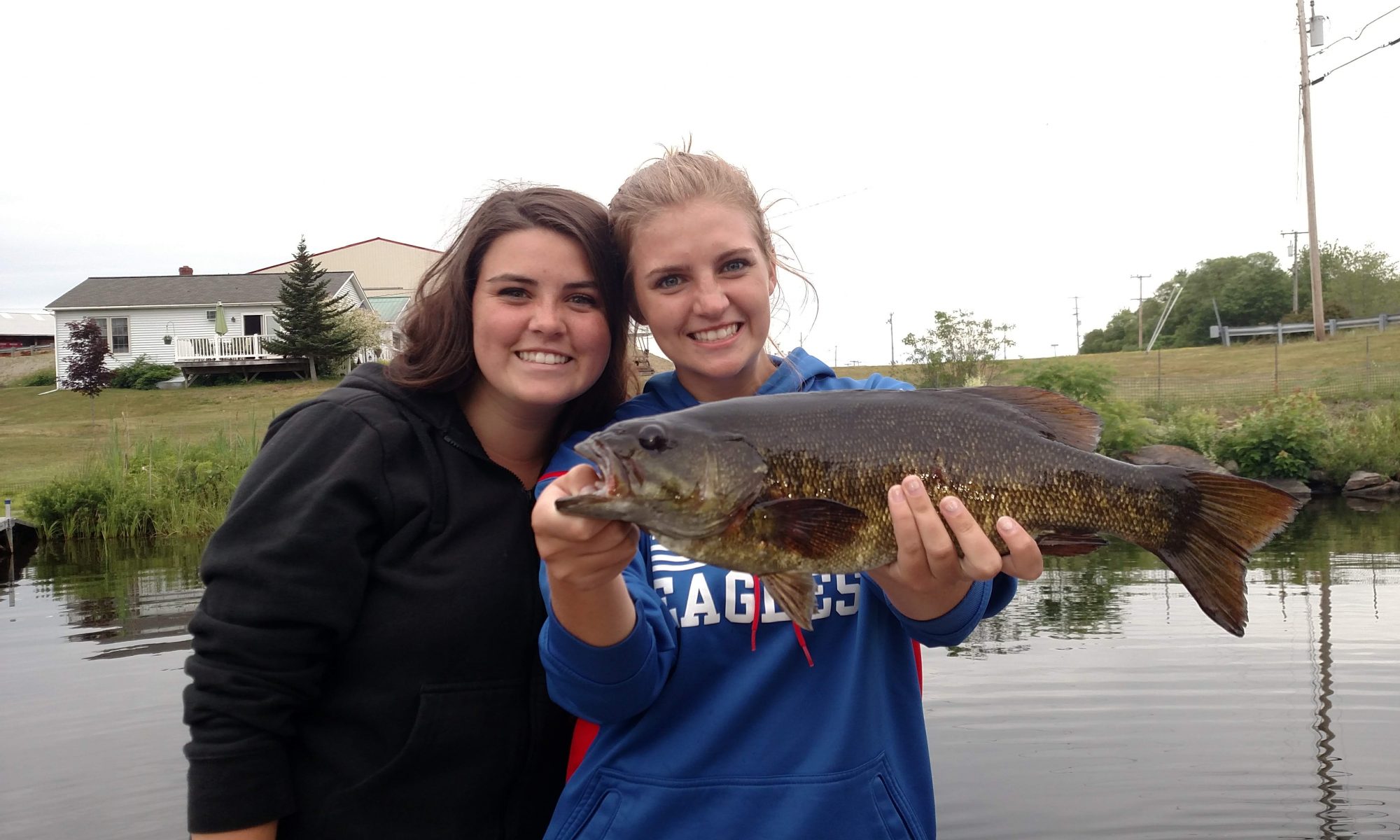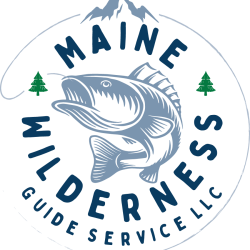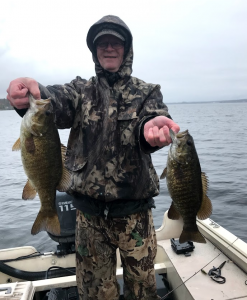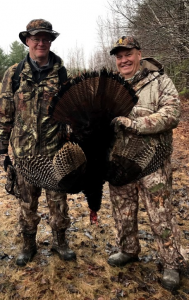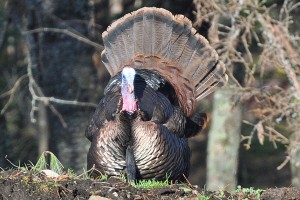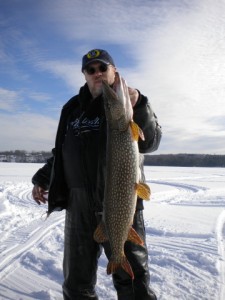Bow Hunting: Spring Turkey Season Prep
By: Brian Wilkins
The Wild Turkey was once a protected species in the Pine Tree State. There were only 500 permits issued for the state’s first spring turkey hunting season in 1986. But initiatives beginning in 1968 and continuing through this year by the Department of Inland Fisheries and Wildlife have re-stocked wild gobblers to the point that spring tags can be purchased right over-the-counter.
Hunters who are accustomed to deer hunting and venturing into the world of wild turkeys for the first time are in for a treat that is a completely different experience. Harvesting a trophy buck requires absolute silence and patience, whereas turkey hunting is far more interactive.
You can be one-quarter of the way to earning grand slam recognition by the National Wild Turkey Federation with a successful spring hunting trip.
Here are three tips to maximize your chances of success:
Scouting
Despite the fact turkeys are abundant throughout both the North and South hunting zones, you still want to know their specific roosting and fly down locations. Scouting is the most important part of the hunt, but also the least exciting. The good news is that trail cameras can save you a lot of time and also help to streamline the entire process without much effort on your part.
The Bushnell Natureview HD Max always receives positive reviews for its battery life, sensitive detection circuit, and night vision capabilities. The Moultrie Panoramic 150 is also popular among hunters. Whichever route you go, make certain to read reviews, particularly regarding the camera’s nighttime resolution and motion sensing abilities.
Equipment
There are plenty of compound bows that will work just fine for harvesting wild turkeys. It’s the logistics that make all the difference. The perfect shot on a tom will come at a distance of 25-35 yards. You do not need a heavy draw weight on your bow to get an accurate shot. A draw weight of 50 pounds is more than adequate. And 40 pounds will even be enough. Mechanical broadheads are preferred over fixed-blades. The latter tend to fly off course, which isn’t good for an animal with such a small kill-zone.
The only way to get turkeys close enough to harvest is with calls. Turkey calling is an art that takes time to perfect. Push button calls are helpful to new hunters. A gobble call has two cons for spring hunting: they attract hens (which you won’t be harvesting) and require a lot of movement to make the call sound. Diaphragm calls are the most fun to use and have the advantage of not requiring additional body movements to sound. A good rule of thumb is to carry several calls and use them all until you get the desired results.
Let The Fun Begin
A ground blind will greatly increase your chances of a successful harvest. Bow hunters do not have the advantage of “running and gunning” and need large trees to maintain their cover. If you’ve adequately scouted the area, you’ll know exactly where to set up.
Turkeys can’t smell you, but they have great eyesight. You’ll need to be covered head-to-toe with camo, including a face mask. A bird strutting towards you should be taken down with a shot above the beard. If the tom is not facing you, shoot the anal cavity. The base of the turkey’s wing should be the target when you have a side shot. The small kill zone and calls are what make turkey hunting challenging and enjoyable. Those factors are also what makes shooting one that much sweeter.
Brian Wilkins is an Arizona State University journalism grad who has worked as a radio broadcaster and banking industry professional. He is an independent journalist, blogger and small business owner who loves life. He lives off-the-grid and has not owned a TV in more than six years.
 surface temperature was 58 but it rose up over 60-degrees and held onto that temp during the day. It’s the first time this year we held onto slightly warmer water. I’m not going swimming yet, but after this long, cold and wet spring it was comforting to know there’s hope for a summer.
surface temperature was 58 but it rose up over 60-degrees and held onto that temp during the day. It’s the first time this year we held onto slightly warmer water. I’m not going swimming yet, but after this long, cold and wet spring it was comforting to know there’s hope for a summer.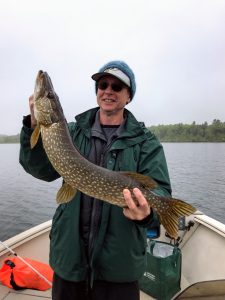 ome jigs and Ned Rigs. Oddly enough, we only caught one fish in the morning on topwater. Lots of bass on their beds, although we tried to leave them along for the most part.
ome jigs and Ned Rigs. Oddly enough, we only caught one fish in the morning on topwater. Lots of bass on their beds, although we tried to leave them along for the most part.